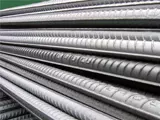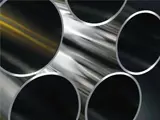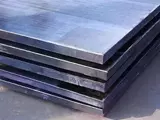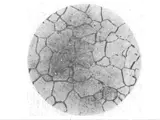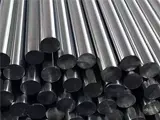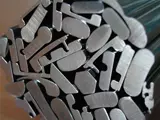1. Bearing: A device that supports, guides, and reduces friction between rotating and/or sliding machine elements.
2. Cam Follower: A device which follows a cam surface to provide motion to a connected element.
3. Shaft: A rotating axis of a machine, usually cylindrical in shape, used to transfer power and motion.
4. Gear: A toothed wheel used to transmit and modify rotational force and motion.
5. Coupling: A device which connects two shafts together.
6. Linear Actuator: A motor-driven device used to generate linear motion.
7. Pinion: A gear with a small number of teeth used to connect two larger gears.
8. Worm Gear: A gear with a flat surface consisting of wrapped teeth used to transmit power between two rotating shafts.
9. Linkage: A mechanism used to transmit motion and force between two or more components.
10. Bearing Housing: A device used to enclose and protect bearings, usually made of metal or plastic.
11. Shaft Seals: A device used to prevent contamination and loss of lubricant in a rotating shaft.
12. Clutch: A device designed to divide a driving connection between two shafts, or components.
13. Brake: A device which stops or slows the motion of a rotating shaft or device.
14. Chain: A device used to transmit power and motion using a series of connected metal or plastic links.
15. Ball Screw: A device designed to convert rotary motion into a linear motion, usually via a threaded shaft.
16. Belt: A device used to transmit power and motion from one point to another, usually via a continuous loop of flexible material.
17. Flywheel: A heavy, rotating wheel used to store momentum and smooth operation.
18. Pulley: A wheel with a grooved rim used for routing and tensioning belts, chains, and cables.
19. Rack and Pinion: A device consisting of a gear (pinion) and linear toothed bar (rack) used to provide a linear motion from a rotary motion.
20. Pneumatic Cylinder: A device powered by compressed air, used to generate and control linear motion.

